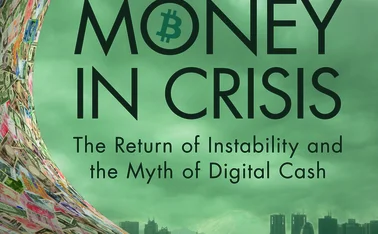When £1 is not £1
Gabriel Stein examines the risks from introducing a CBDC should its value diverge from that of physical currency and bank deposits

Most central banks in advanced and emerging economies are researching and discussing the introduction of so-called central bank digital currencies (CBDCs).1
The reasons for this vary. In some countries, eg, Sweden, the central bank is concerned the use of cash will diminish to a point where the public no longer has access to central bank money. Should this occur, Sveriges Riksbank fears it could have negative effects on the economy and might, in a crisis, cause problems in the payments system
Only users who have a paid subscription or are part of a corporate subscription are able to print or copy content.
To access these options, along with all other subscription benefits, please contact info@centralbanking.com or view our subscription options here: subscriptions.centralbanking.com/subscribe
You are currently unable to print this content. Please contact info@centralbanking.com to find out more.
You are currently unable to copy this content. Please contact info@centralbanking.com to find out more.
Copyright Infopro Digital Limited. All rights reserved.
As outlined in our terms and conditions, https://www.infopro-digital.com/terms-and-conditions/subscriptions/ (point 2.4), printing is limited to a single copy.
If you would like to purchase additional rights please email info@centralbanking.com test test test
Copyright Infopro Digital Limited. All rights reserved.
You may share this content using our article tools. As outlined in our terms and conditions, https://www.infopro-digital.com/terms-and-conditions/subscriptions/ (clause 2.4), an Authorised User may only make one copy of the materials for their own personal use. You must also comply with the restrictions in clause 2.5.
If you would like to purchase additional rights please email info@centralbanking.com test test test








